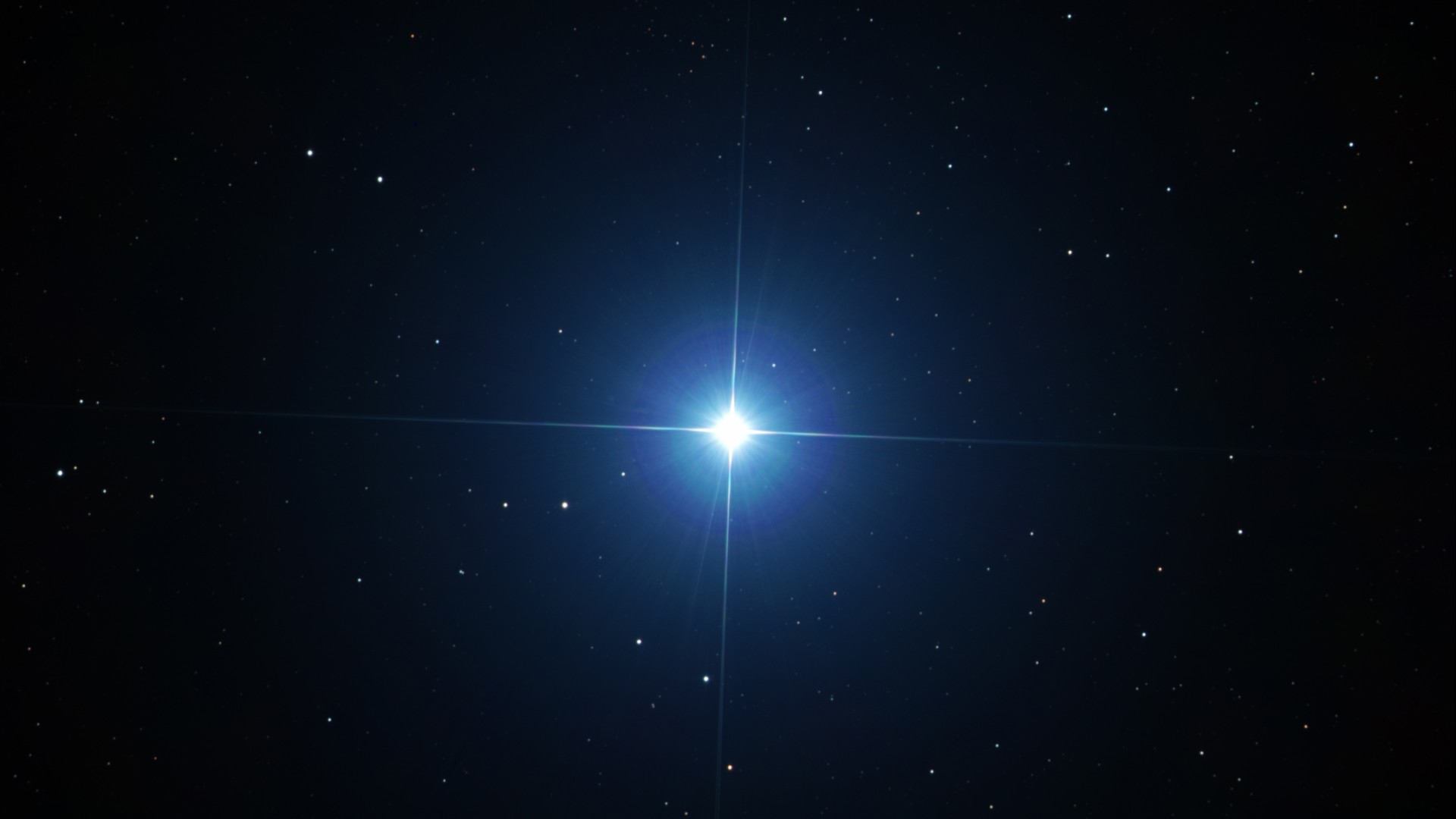SpaceX will launch new Starlink satellites on a veteran rocket today. Here's how how to watch.
Liftoff is at 12:34 p.m. EDT (1634 GMT).
Update for 1:50 pm ET: SpaceX has successfully launched 60 new Starlink satellites into orbit on a Falcon 9 rocket, which made a seventh landing during the mission. Read our full story and see landing videos here.
CAPE CANAVERAL, Fla. — SpaceX will launch a new fleet of Starlink satellites (April 7) and you can watch the liftoff live online.
The Hawthorne, California-based company will loft a full stack of 60 Starlink internet satellites on its workhorse Falcon 9 rocket from Space Launch Complex 40 at Cape Canaveral Space Force Station here in Florida at 12:34 p.m. EDT (1634 GMT).
You can watch the launch live here and on the Space.com homepage, courtesy of SpaceX, beginning about 15 minutes before liftoff. You can also watch the launch directly via SpaceX.
Related: SpaceX's Starlink satellite megaconstellation launches in photos

Join the Space.com forums here to discuss SpaceX and space travel. Let the community know what you're thinking!
Wednesday's flight, the Starlink 23 mission, is the 10th mission of 2021 and the company's 24th overall flight for the burgeoning internet service.
SpaceX's goal is to provide high-speed internet access to users around the world through its Starlink megaconstellation. The service will be especially helpful for those in rural or remote areas that have little-to-no connectivity.
To date, SpaceX has launched more than 1,300 of the internet-beaming satellites into orbit, in an effort to fill out its planned initial constellation of 1,440 spacecraft. SpaceX has already been extensively testing the space-based internet service, and plans to do a full commercial rollout later this year.
Get the Space.com Newsletter
Breaking space news, the latest updates on rocket launches, skywatching events and more!
Prospective users can pay a small deposit sign up for the service now, via the company’s website. However, it could be a few months before the actual service becomes available.
This launch marks the 113th flight overall for SpaceX's 229-foot-tall (70 meters) Falcon 9 booster. The star of the mission is a six-time veteran Falcon 9 first stage, designated B1058. This frequent flyer's maiden voyage carried two NASA astronauts to the International Space Station as part of the Demo-2 mission last May.
Following that historic return of human space flight to U.S. soil, it also launched a communications satellite for the South Korean military, a Dragon cargo ship, a bevy of small satellites as part of the Transporter-1 mission, and today's flight marks its third Starlink payload.
If all goes as planned, approximately nine minutes after liftoff B1058 will touch down on one of SpaceX’s two drone ships — "Of Course I Still Love You." If successful, it will mark the 79th recovery of a first stage booster since the company landed its first booster in December 2015.
The weather outlook looks good for Wednesday's early morning liftoff, with forecasters at the 45th Weather Squadron predicting a 90% chance of favorable launch conditions. The only issue was the possible development of cumulus clouds. (There is a backup day if necessary on Thursday and the weather looks just as promising.)
SpaceX will continue its tradition of recovering the Falcon 9's payload fairing, or nose cone, on today’s mission, scooping up the fairings after they fall back to Earth in two pieces.
Each piece of the clamshell-like hardware, which cost approximately $6 million combined, is outfitted with software that navigates it to the recovery zone, and a parachute system that lets them gently land in the ocean.
The Shelia Bordelon, which made her debut on the previous Starlink mission will utilize an onboard crane to do all the lifting.
Correction: A previous version of this story had an incorrect liftoff time. It is 12:34 p.m. EDT, not 12:37 p.m. EDT.
Follow Amy Thompson on Twitter @astrogingersnap. Follow us on Twitter @Spacedotcom or Facebook.
Join our Space Forums to keep talking space on the latest missions, night sky and more! And if you have a news tip, correction or comment, let us know at: community@space.com.

Amy Thompson is a Florida-based space and science journalist, who joined Space.com as a contributing writer in 2015. She's passionate about all things space and is a huge science and science-fiction geek. Star Wars is her favorite fandom, with that sassy little droid, R2D2 being her favorite. She studied science at the University of Florida, earning a degree in microbiology. Her work has also been published in Newsweek, VICE, Smithsonian, and many more. Now she chases rockets, writing about launches, commercial space, space station science, and everything in between.









